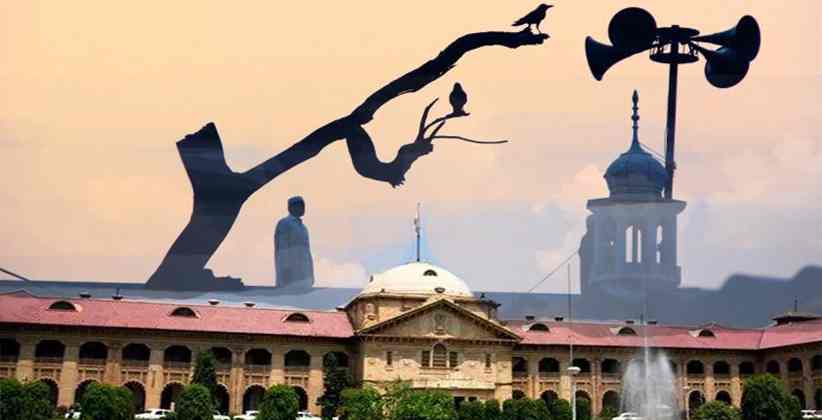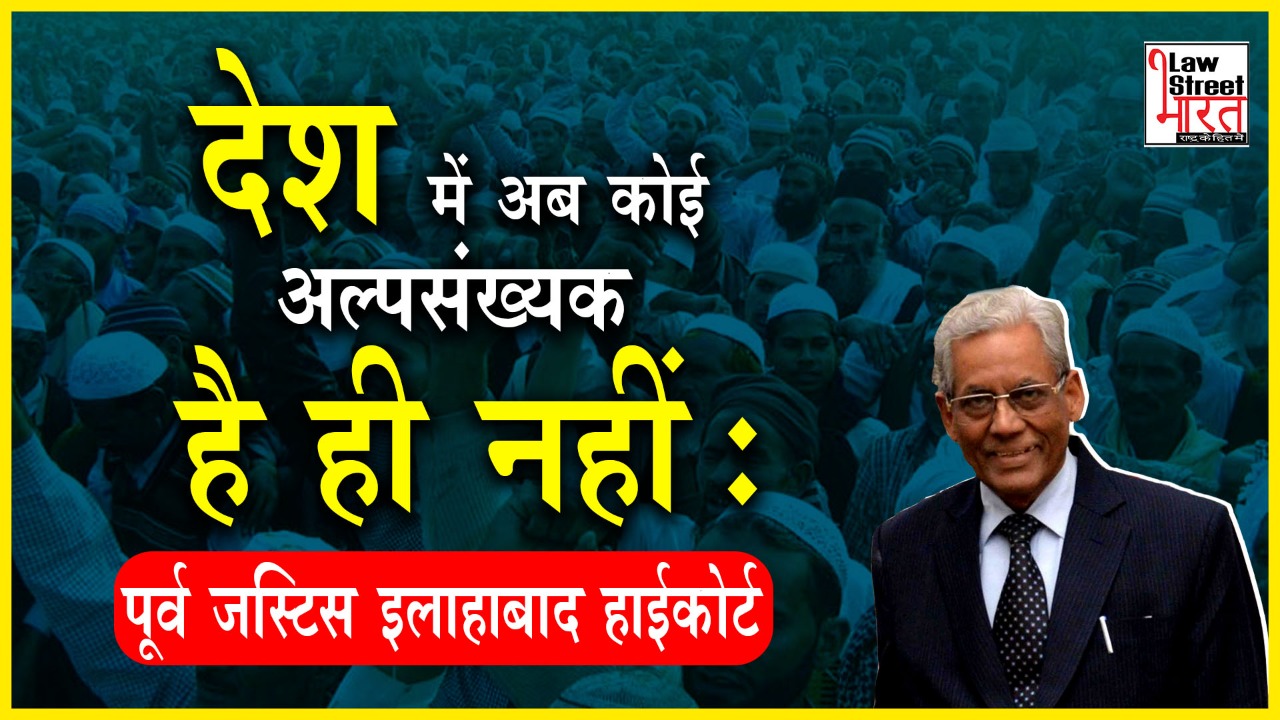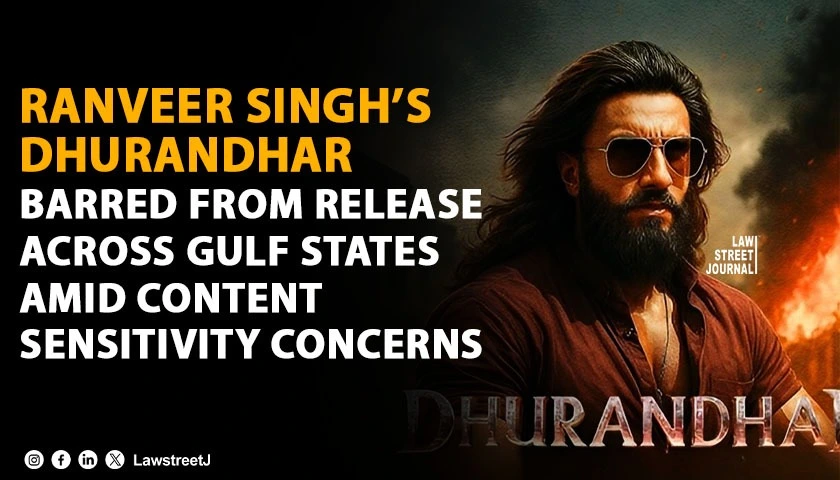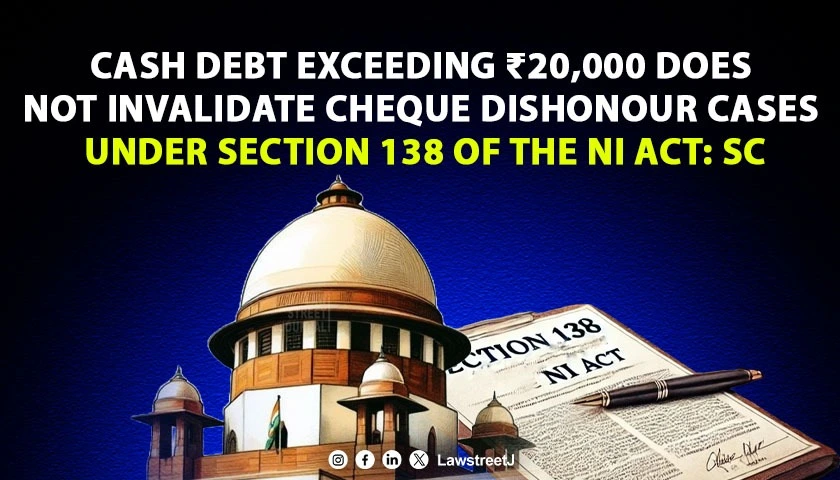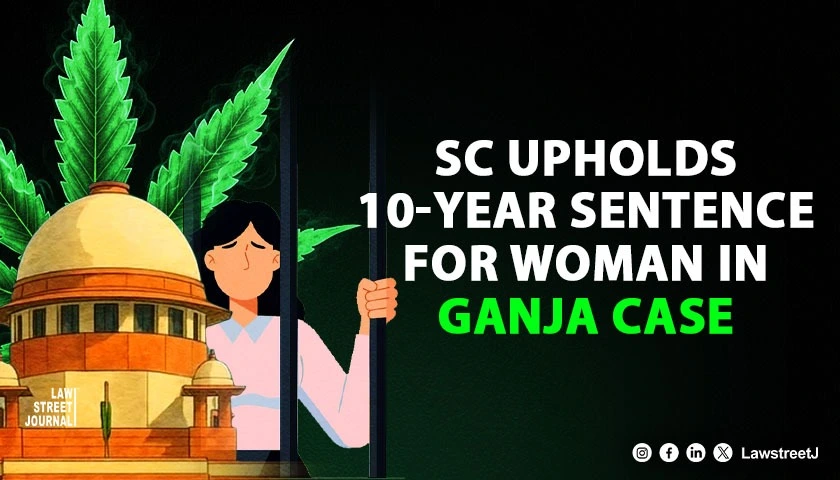The Allahabad High Court has suggested the central government to take appropriate decision to ban cow slaughtering in the country and to declare it as 'protected national animal', saying in Hinduism, there is a belief and faith that cow is representative of divine and natural beneficence and should therefore be protected and venerated.
A single judge bench of Justice Shamim Ahmed said the origin of the veneration of the cow can be traced to the Vedic period (2nd millennium 7th century BCE). The Indo-European peoples who entered India in the 2nd millennium BCE were pastoralists; cattle had major economic significance that was reflected in their religion. The slaughter of milk- producing cows was increasingly prohibited.
It is forbidden in parts of the Mahabharata, the great Sanskrit epic, and in the religious and ethical code known as the Manu-Smirti ("Tradition of Manu"), and the milk cow was already in the Rigveda said to be "unslayable". The degree of veneration afforded the cow is indicated by the use in rites of healing purification, and penance of the panchagavya, the five products of the cow-milk, curd, butter, urine, and dung.
"We are living in a secular country and must have respect for all religions and in Hinduism, the belief and faith is that cow is representative of divine and natural beneficence and should therefore be protected and venerated. The cow has also been associated with various deities, notably Lord Shiva (whose steed is Nandi, a bull) Lord Indra (closely associated with Kamadhenu, the wise-granting cow), Lord Krishna (a cowherd in his youth), and goddesses in general (because of the maternal attributes of many of them)," the court said.
It also pointed out the cow is the most sacred of all the animals of Hinduism.
"It is known as Kamadhenu, or the divine cow, and the giver of all desires. According to legend, she emerged from the ocean of milk at the time of Samudramanthan or the great churning of the ocean by the gods and demons. She was presented to the seven sages, and in the course of time came into the custody of sage, Vasishta. Her legs symbolise four Vedas; her source of milk is four Purushartha (or objectives, i.e. dharma or righteousness, artha or material wealth, kama or desire and moksha or salvation); her horns symbolise the gods, her face the sun and moon, and her shoulders agni or the god of fire. She has also been described in other forms: Nanda, Sunanda, Surabhi, Susheela and Sumana," the court pointed out.
The court further said subsequently, with the rise of the ideal of Ahimsa ("non injury"), the absence of the desire to harm living creatures, the cow came to symbolize a life of nonviolent generosity.
In addition, because her products supplied nourishment, the cow was associated with motherhood and Mother Earth and legislation against cow killing persisted into the 20th century in many princely states. Legends also state that Brahma gave life to priests and cows same time so that the priests could recite religious scriptures while cows could afford ghee(clarified butter) as offering in rituals.
"Anyone who kills cows or allows others to kill them is deemed to rot in hell as many years as there are hairs upon his body. Likewise, the bull is depicted as a vehicle of Lord Shiva: a symbol of respect for the male cattle. In the Mahabharata, Bhishma (grandfather of the leaders of warring factions) observes that the cow acts as a surrogate mother by providing milk to human beings for a lifetime, so she is truly the mother of the world. The Puranas state that nothing is more religious than the gift of cows. Lord Rama was given a gift of many cows. In the late 19th and 20th century, in India, a movement to protect cows arose that strove to unify the citizens by demanding that the Government of India ban cow slaughter with immediate effect in the country.
"This Court also hope and trust that the Central Government may take appropriate decision to ban cow slaughtering in the country and to declare the same as 'protected national animal'," Justice Ahmed said
The court wrote in great details the importance of cow in life of Indians after tracing its history, while dismissing an application filed by Mohd Abdul Khaliq for quashing a charge sheet in an FIR lodged in Barabanki district under the Uttar Pradesh Prevention of Cow Slaughter Act, 1955.
On November 2, 2019, a man Zahoor, who was allegedly caught with meat of cow progeny, had disclosed the name of the applicant as having been involved in cow slaughter.

!['Cow the most sacred of all the animals of Hinduism,' HC suggests central govt to ban cow slaughtering [Read Order]](/secure/uploads/2023/03/lj_2838_cee792f7-01df-4fb1-a1d2-2f24d7c0829a.jpg)





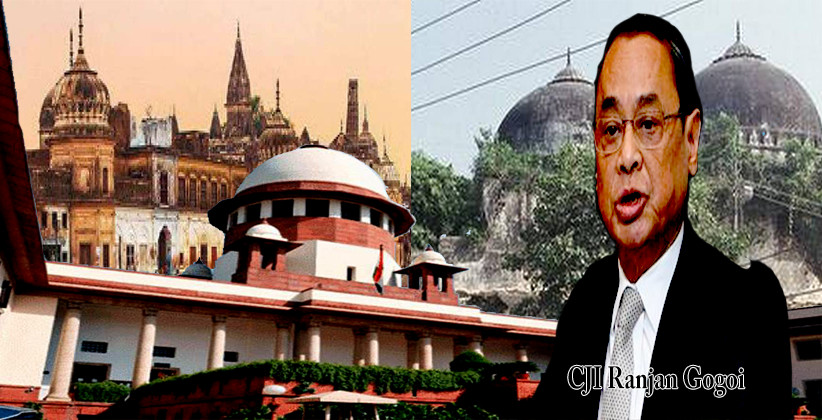
!["No Loudspeakers For Azan, No Fundamental Right To Create Noise," Says Allahabad HC To Two Mosques [Read Judgment]](/secure/uploads/2020/01/lj_4995_Allahabad_HC_AZAN.jpg)
